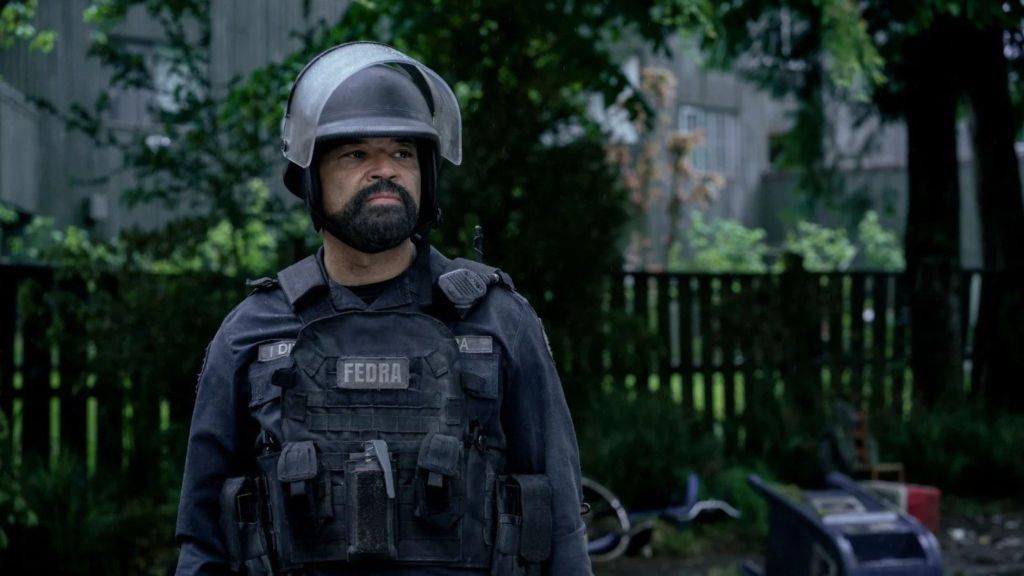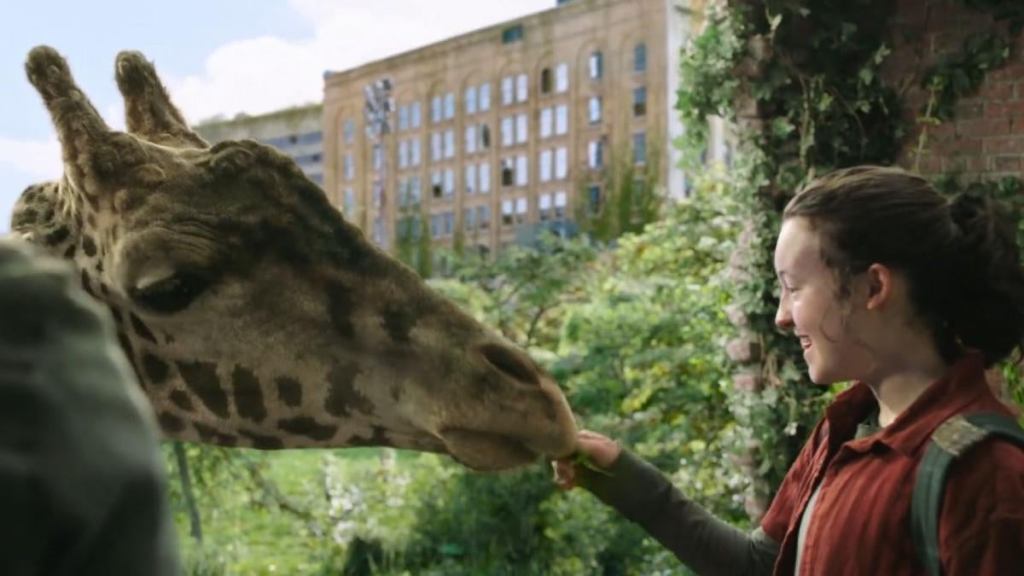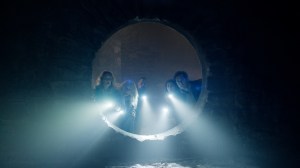Danny Boyle’s 28 Days Later was a groundbreaking piece of zombie fiction that flipped the script of a genre that had grown stale by the early 2000s. Penned by Alex Garland, the film’s introduction of hyper-fast, rage-fueled “infected” humans dramatically altered the stakes and the pacing of survival horror, presenting a visceral threat that eventually replaced the traditional lumbering undead in almost every zombie story. Furthermore, its gritty aesthetic lent an unsettling realism to the unfolding apocalypse in London, helping to cement its status as a pivotal cult classic. Now, more than two decades later, the story is set to continue, with both Boyle and Garland confirmed to be involved in a new trilogy, beginning with 28 Years Later, which will also see Cillian Murphy reprise his role as Jim and serve as an executive producer.
Videos by ComicBook.com
The enduring relevance of 28 Days Later extends beyond its stylistic innovations or its introduction of a new breed of monster. The film delved into the psychological fracturing of its survivors, the grim moral calculus demanded by a collapsed world, and the disturbing truth that in such desperate times, fellow humans can become a more insidious danger than the mindless infected. These themes, exploring the erosion of societal norms and the brutal realities of a post-apocalyptic existence, became foundational elements in highly successful zombie universes. Indeed, what many fans of contemporary zombie epics like The Walking Dead and The Last of Us might not fully realize is just how many of their favorite chilling moments were directly influenced by 28 Days Later.
Before Rick Grimes, Jim Woke Up to the Apocalypse

28 Days Later opens with its protagonist, bicycle courier Jim (Cillian Murphy), awakening from a coma in a London hospital to an eerie silence and the discovery that civilization has crumbled. His subsequent journey through the litter-strewn streets of one of the world’s busiest cities, now devoid of life, powerfully establishes the scale of the “Rage” virus catastrophe. Coincidentally (or not), this specific premise of a character waking from a coma into a hospital to find the world outside irrevocably altered by an undead plague is also a key feature of the opening of The Walking Dead, where Sheriff Rick Grimes experiences a nearly identical awakening.
28 Days Later was released in the United Kingdom in November 2002 and subsequently in the United States in June 2003. The first issue of Robert Kirkman’s The Walking Dead comic book series, which introduced Rick Grimes’ awakening, was published in October 2003. While this may have been a case of convergent storytelling, instead of blatant copy, 28 Days Later still beat The Walking Dead to the punch by over a year. In addition, for the vast television audience that propelled The Walking Dead to global phenomenon status, their introduction to Rick’s (Andrew Lincoln) story via the AMC series did not occur until October 2010. This places Jim’s bewildered discovery of a depopulated London significantly earlier than the televised depiction of Rick’s parallel experience. The quiet horror and profound isolation conveyed in Jim’s initial moments set a benchmark for portraying the personal impact of waking up to the end of the world, which The Walking Dead used to build its zombie-themed universe.
The Last of Us Takes Key Notes from 28 Days Later

A recurring narrative turn in post-apocalyptic stories is the realization that the initial monstrous threat is not the only, or even the worst, danger survivors face. 28 Days Later shifts its focus to this grim reality in its third act. Jim, along with fellow survivors Selena (Naomie Harris) and young Hannah (Megan Burns), seeks refuge at a fortified mansion occupied by a group of soldiers under the command of Major Henry West (Christopher Eccleston). This apparent sanctuary soon reveals its dark underbelly, as Major West and his men intend to force Selena and Hannah into sexual servitude to ensure their own lineage and “repopulate” the planet. This depiction of a militarized group, initially perceived as a source of order or safety, transforming into a predatory and oppressive force, is a specific thematic concern that also features prominently in The Last of Us.
On the molds of 28 Days Later, various human factions frequently pose a bigger threat than the Cordyceps-infected throughout the narratives of The Last of Us games and the HBO adaptation. The Federal Disaster Response Agency (FEDRA), while ostensibly a governing body, rules with an iron fist in the Quarantine Zones and is often an antagonistic force. Later, more overtly hostile militarized factions like the Washington Liberation Front (WLF) and the cult-like Seraphites in The Last of Us Part II demonstrate how organized human groups with access to weaponry and a chain of command can become deeply dangerous entities, driven by their own twisted ideologies. Major West’s unit in 28 Days Later provides an early cinematic blueprint for this type of antagonist: a structured, armed group that leverages its power to exploit rather than protect.

That’s not the only similarity between 28 Days Later and The Last of Us. After escaping the city, Jim, Selena, Frank, and Hannah find themselves in a seemingly untouched countryside where they witness a herd of horses galloping freely. This serene image of nature, indifferent to the human catastrophe and thriving in its absence, provides a moment of peace and a hint of enduring life. The emotional impact of this scene is remarkably similar to the memorable encounter with a herd of giraffes in The Last of Us, where Joel (Pedro Pascal) and Ellie (Bella Ramsey) observe the creatures moving gracefully through a decaying urban landscape. Both scenes offer a wordless commentary on hope and the persistence of beauty in a ruined world, granting the characters and the audience a vital emotional breather.
Furthermore, a key sequence in 28 Days Later involves Jim’s tactical decision to weaponize the infected against his human captors. In a desperate bid to save Selena and Hannah from Major West’s soldiers, Jim infiltrates their compound and deliberately frees Private Mailer, an infected soldier whom West had kept chained for study and observation. Unleashing Mailer creates chaos among the soldiers, effectively turning their own object of study against them. This act is mirrored as a gameplay mechanic in The Last of Us Part II. In various encounters, players controlling Ellie have the option to release chained Infected to distract or attack hostile WLF or Seraphite soldiers. While this specific player-driven choice from the second game has not yet been depicted in the HBO series, future seasons of The Last of Us can still adapt it, making another element of 28 Days Later more broadly popular.
28 Years Later is scheduled to hit theaters on June 20, 2025.
What other elements from 28 Days Later do you believe were ahead of their time? Share your thoughts in the comments!









